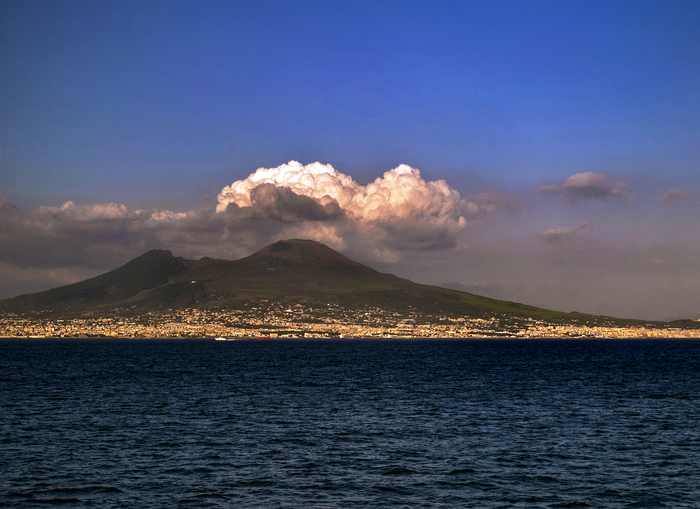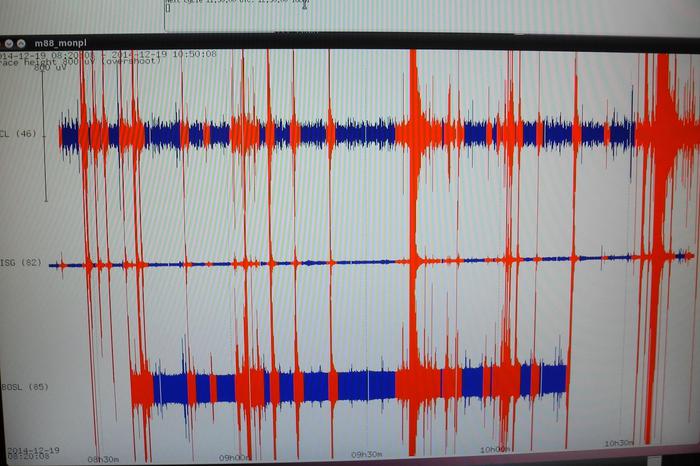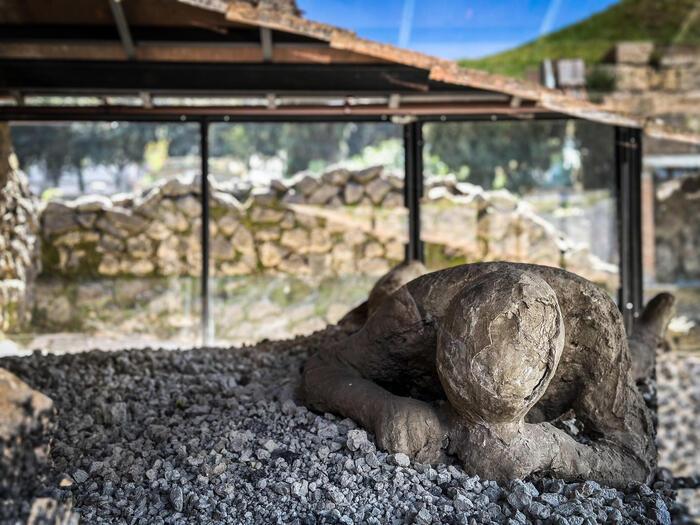Considered one of the most dangerous volcanoes in Europe, Vesuvius is constantly under control to pick up the signals that could announce its awakening, but one wonders if it is possible to predict when a new eruption could occur and how violent it could be. An initial answer comes from research coordinated by the Polytechnic University of Zurich and published in the journal Science Advances, according to which there could be an interval of a thousand years from the last eruption, which took place in 1944.
“It is an interesting scientific fact, but its implications could also be read in a different way”, observes the volcanologist Lucia Pappalardo, of the Vesuvian Observatory of the National Institute of Geophysics and Volcanology (Ingv). "The new data do not close the debate - he adds - and the question remains open".
The Italians Francesca Forni, of the University of Milan, and Roberto Sulpizio, who works between the University of Bari, Bologna section of the Ingv and National Research Council (Cnr).
The researchers studied the four most violent eruptions of Vesuvius in the last 10,000 years: that of the Market pumice which dates back to about 9,000 years ago, that of Avellino which took place 3,950 years ago and considered "the worst scenario", the one that in 79 AD it destroyed Pompeii and Herculaneum (all three Plinian eruptions, ie highly explosive), and that of Pollena in 472 AD, of a subplinian type, but still comparable to the recent eruption in Tonga, the researchers observe.
For all four events, the garnet crystals imprisoned in the pumice released in the four eruptions have been dated: since this mineral is stored in the magma chamber in the upper crust under Vesuvius, knowing its age allows us to deduce how long the magma remained in the chamber before the volcano ejected it. Thus it emerged that the crystals were between about 5,000 and a thousand years old. Hence the hypothesis of the authors of the research that “future Plinian eruptions are unlikely without centuries of volcanic quiescence”.
However, it could also be said that "the availability of magma was present even a thousand years before the eruption", observes Pappalardo.
“We know that in the past Vesuvius had very long rest periods.
Before the eruption of Pompeii, for example, the volcano remained silent for seven centuries and to date there is no physical model that can predict the length of the rest period that precedes an explosive eruption ”, observes the researcher.
“At the moment we cannot predict the intensity of a possible future eruption: if modest like that of 1944 or more intense up to a Plinian eruption”.













